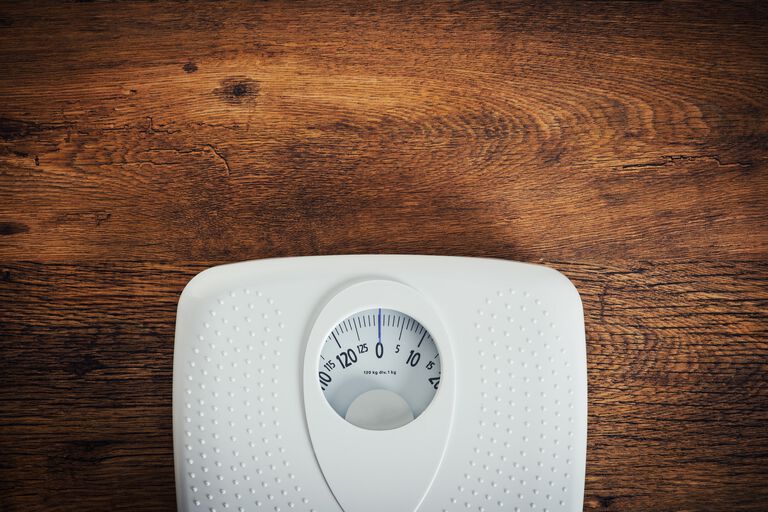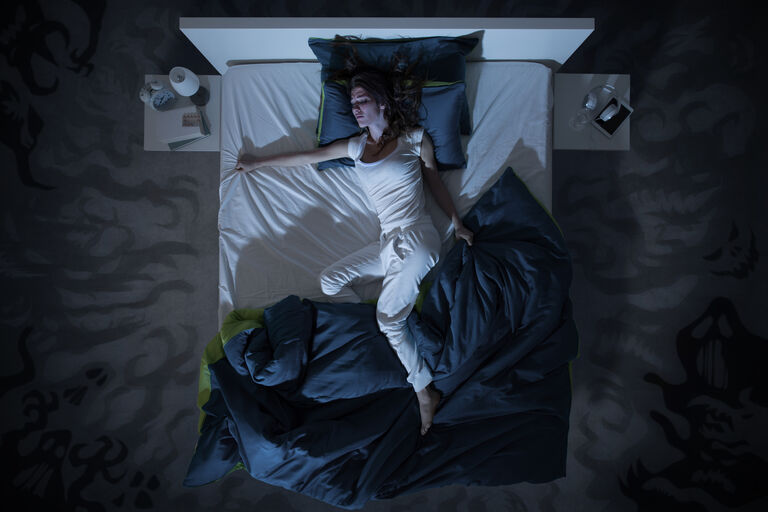OUR SLEEP CYCLE AND THE DIFFERENT STAGES OF SLEEP
.jpg?sw=768&sfrm=jpg)
Even though we’re often not aware of it, every night each of us pass through different stages of sleep, ranging from light sleep to deep sleep, and this is known as our sleep cycle.
TEMPUR looks at what happens during each different stage of sleep, the difference between REM sleep and non-REM sleep, and how a sleep cycle works…
WHAT IS A SLEEP CYCLE?
A sleep cycle consists of five different stages of sleep, and each cycle typically lasts between 90 and 110 minutes. The cycle repeats itself throughout the night. Each stage lasts for different periods of time.
The pattern of a cycle alternates between REM sleep (Rapid Eye Movement) and Non-REM sleep. 75% of the night is made up of NREM sleep and the remaining 25% is REM sleep.
WHAT IS REM SLEEP?
REM sleep is the stage whereby our brain waves copy activity during our conscious, waking state. Our eyes move rapidly from side-to-side and at this stage, you’re most likely to experience a vivid dream.
REM sleep is the final stage of a sleep cycle, progressively increasing in length of time as the night goes on.
THE FIVE STAGES OF SLEEP
Before REM sleep occurs, there are four other stages of sleep through which we pass:
Stage 1 – this is the initial stage which occurs when we are somewhere between being awake and asleep. It is often referred to as light sleep and during this stage, our eyes move slowly and muscles begin to relax. Experiencing a muscle spasm or the sensation of falling is common at this point in the cycle.
Stage 2 – as brain waves slow down and eye movement comes to a pause, we drift off into sleep. Here, our heart rate drops and body temperature decreases as we prepare our bodies to enter deep sleep.
Stage 3 – here we enter deep sleep, and prepare for the most restorative stage in the cycle. As our blood pressure drops, breathing slows, and muscles fully relax, the body can undergo healing qualities. Despite the positives of deep sleep, this stage is also where people are most likely to experience parasomnias including night errors, talking in our sleep and sleep walking.
Stage 4 – we enter further into deep sleep, and our body becomes even less responsive to external stimuli. If awoken, you’re likely to feel disoriented. This is when sleep can become curative, as there is an increase in blood supply to our muscles and tissue growth and repair is encouraged. Deep sleep also boosts the immune system, and is essential for feeling energised the following day.
Stage 5 – as mentioned before, here we enter REM sleep. This is the final stage of the cycle where our brain is most active, and our heart rate and blood pressure increase. REM sleep is essential for memory formation and learning, and is when the brain stores information in our long term memory.
It’s important that you have an uninterrupted night’s sleep for multiple reasons, such as feeling refreshed the following day and allowing both your body and mind time to recover. However, reaching REM sleep is equally as important and a vital stage in the cycle.
Using a TEMPUR mattress will ensure you have optimum comfort, which in turn will allow you to reach deeper stages of sleep and complete full sleep cycles.




